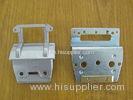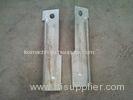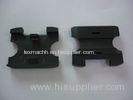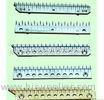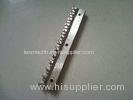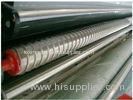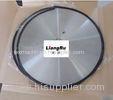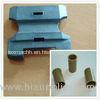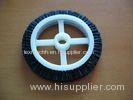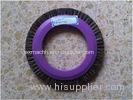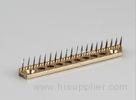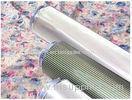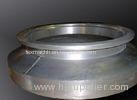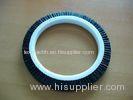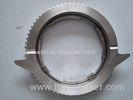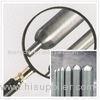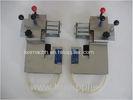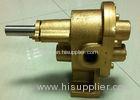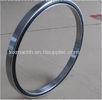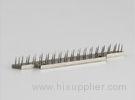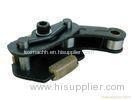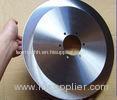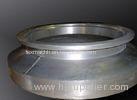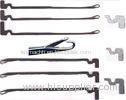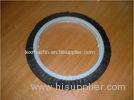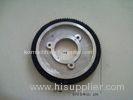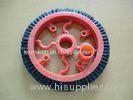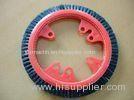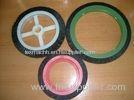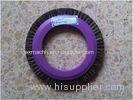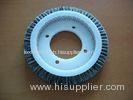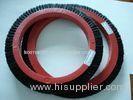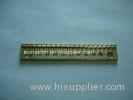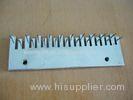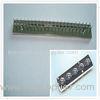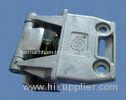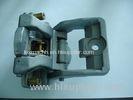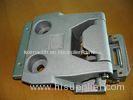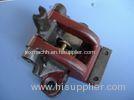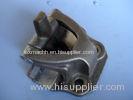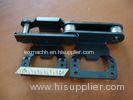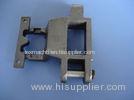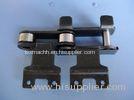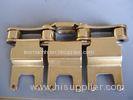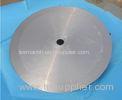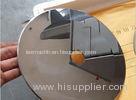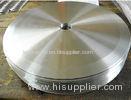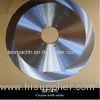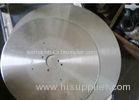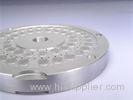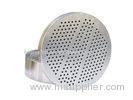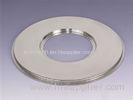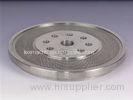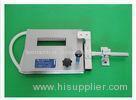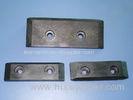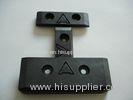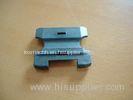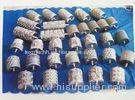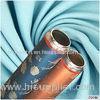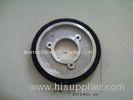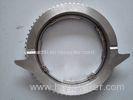|
CHANGZHOU LIANGRU INTERNATIONAL TRADE CO., LTD.
|
Gold Index: 4820
Eco Friendly Rotary Printing Machine Spare Parts High Open Area
| Place of Origin: | Zhejiang, China (Mainland) |
|
|
|
| Add to My Favorites | |
| HiSupplier Escrow |
Product Detail
Eco Friendly Rotary Printing Machine Spare Parts High Open Area
When you a
Eco Friendly Rotary Printing Machine Spare Parts High Open Area
When you add the separate flood and print strokes to the equation, it's clear that a flatbed's productivity is influenced by substrate size, because the larger the substrate, the greater the distance the floodbar/squeegee assembly must travel and the longer the time required for each print cycle. Furthermore, to maintain good edge definition and ensure registration accuracy on multicolor prints, each sheet printed on a flatbed is held stationary (usually with vacuum drawdown from the press bed) during the print cycle. If we look at manufacturer specifications for a range of common flatbed presses and convert their quoted production rates into linear speeds, it's safe to say that these machines will support a printing speed up to 35-50 ft/min (10-15 m/min).
As previously noted, the flooding and printing action on a rotary system is all part of the same continuous motion, and separate strokes for these functions are not required. The situation is a little different with flatbed presses. On a flatbed press, printing is a two-step process that involves a pass over the screen by the floodbar to fill mesh openings with ink, followed by a squeegee pass to bring the stencil and substrate into contact for ink transfer. Not only does this approach reduce printing times, but it also removes the floodbar as a variable from the printing process.
Rotary vs. flat screen printing
What is rotary screen printing?
the web travels at a consistent speed between the screen and a steel or rubber impression roller immediately below the screen. (The impression roller serves the same function as the press bed on a flatbed press.) As the web passes through the rotary unit, the screen spins at a rate that identically matches the speed of substrate movement.Rotary screen printing is so named because it uses a cylindrical screen that rotates in a fixed position rather than a flat screen that is raised and lowered over the same print location. Rotary presses place the squeegee within the screen. These machines are designed for roll-to-roll (web) printing on flexible materials ranging from narrow web films to wide-format roll textiles.In rotary printing,
Unique rotary screens and lacquers
Ten years later, we unveiled our revolutionary rotary screen printing concept. This was an immediate success, and is now used for printing most of the world’s textiles.
Now,We offer a complete consumables programme, including NovaScreen®, PentaScreen®, StandardScreen, Special Screens, endrings, lacquers and chemicals that comply to rigorous quality and sustainability specifications.produced its first flat-screen textile-printing machine over half a century ago. after more than 50 years of extensive research and innovation in the electroforming process, our maintains its position as world's the leading rotary screen producer.
The substrate may continue through a drying unit after printing. Subsequently, it may be directed to a rewinding unit or on to another printing or finishing operation configured inline with the rotary press. With standalone flatbeds and multicolor in-line systems, getting the printed sheets to other finishing areas usually requires more cumbersome and time-consuming manual handling methods.
Delivery time: within 15 to 25 days
Package:plywood cases or as you required
Buyers show:

Related Search
Find more related products in following catalogs on Hisupplier.com

Company Info
CHANGZHOU LIANGRU INTERNATIONAL TRADE CO., LTD. [China (Mainland)]
Business Type:Manufacturer
City: Changzhou
Province/State: Jiangsu
Country/Region: China (Mainland)




